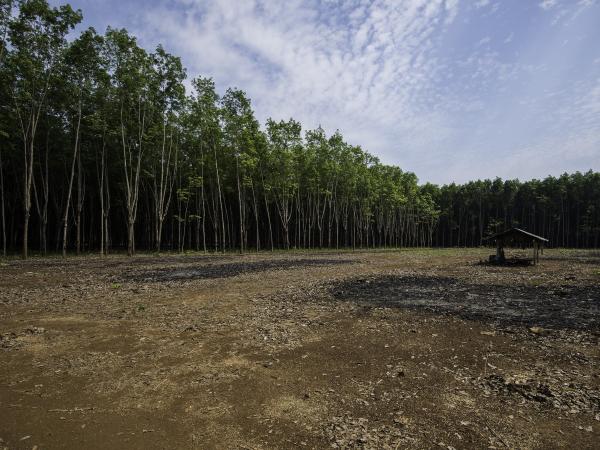Biodiversity Loss Driven by Global Consumption Patterns
Recent research marks the impact of developed countries on global biodiversity loss. A study by Princeton University published in February 2025 reveals that consumption patterns in high-income nations are a major driver of species decline in other countries. This research quantifies how agricultural and forestry imports lead to environmental degradation abroad, particularly in tropical regions.
Key Findings of the Study
The study identifies that high-income countries are responsible for 13.3% of global species range loss. This occurs as these nations import products, pushing other countries to exploit their natural resources. The US, Germany, Japan, and China are the top contributors to this phenomenon. The adverse effects of these consumption patterns are often more severe internationally than domestically.
Deforestation and Species Range Loss
Deforestation for commodities, such as vanilla, has led to habitat destruction. Madagascar is particularly affected, with almost half of its species range loss attributed to the demands of 24 driver countries. This marks the direct link between consumer choices in developed nations and biodiversity crises in distant ecosystems.
Geographical Impact of Consumption
The study reveals that developed countries tend to impact species in nearby tropical regions. For example, US consumption notably affects wildlife in Central America, while China and Japan’s demands harm Southeast Asian rainforests. This geographical concentration emphasizes the need for targeted conservation efforts.
International Trade and Endangered Species
International trade poses a severe threat to critically endangered species. Approximately 25% of these species experience over half of their range loss due to global consumption patterns. The study puts stress on the dangers of outsourcing environmental costs through trade, which can exacerbate threats to wildlife.
Shifts in Environmental Responsibility
The research indicates a shift in how environmental impacts are distributed. Developed countries are increasingly outsourcing their land use, affecting species worldwide more than within their borders. This shift necessitates a reevaluation of conservation strategies and international trade policies.
Mapping Biodiversity Loss Hotspots
Researchers created maps to illustrate global hotspots of biodiversity loss linked to international consumption. These maps show that while many impacts are local, some developed countries disproportionately harm distant ecosystems. This information is crucial for understanding and addressing global biodiversity challenges.
Month: Current Affairs - February, 2025
Category: Environment Current Affairs







